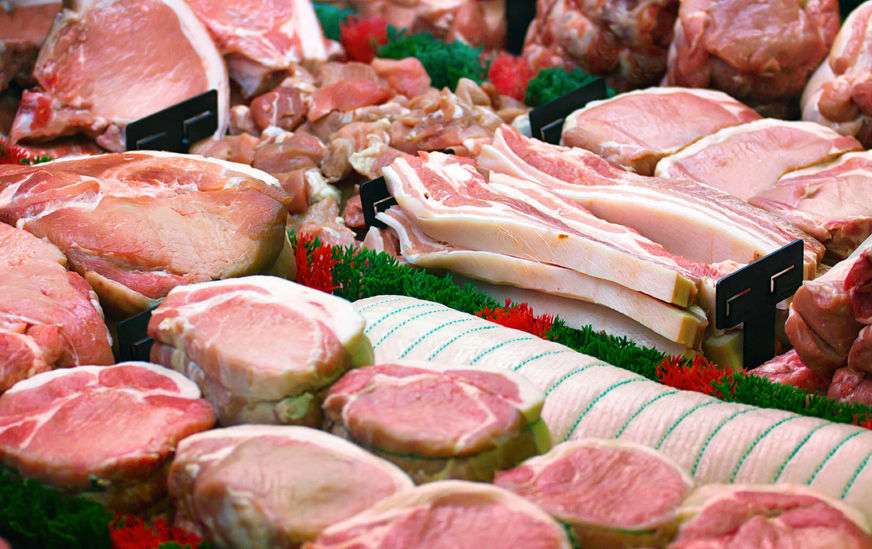
An infographic has been released which illustrates the animal welfare credentials of seven UK farm assurance schemes to help people understand food labels.
The online information leaflet has been made by the British Veterinary Association (BVA) to encourage the public to make informed choices about the food they eat.
The BVA says vets have a "strong professional and personal engagement" in farm assurance schemes.
A recent survey showed that nine in ten vets felt farm assurance schemes make a positive contribution to animal health and welfare in the UK and that 58% of vets consider scheme approval always or most of the time when buying their food.
Farm assurance schemes rely on veterinary knowledge and expertise in the development and review of standards and the provision of on-farm assessments of animal health and welfare for accreditation.
The infographic sets out the veterinary industry's priorities for farm animal welfare and indicates whether or not the schemes address these priorities in their standards.
All seven schemes in the infographic meet the criteria for three of these priorities: they are all underpinned by veterinary expertise, support responsible use of antimicrobials and have measures in place to prevent the spread of disease.
In addition, all those that do provide assurance for slaughter require animals to be stunned before slaughter, which is a policy priority for BVA.
'Practical guide'
British Veterinary Association, John Fishwick said the provenance and welfare credentials of UK food is becoming "increasingly important" in shopping choices.
“More and more people want to know about the health and welfare credentials of the animal-derived food they buy such as meat, eggs and dairy products,” Mr Fishwick said.
“In order to translate veterinary knowledge on animal health and welfare into a practical guide to help people understand and assess farm assurance schemes, BVA has developed an infographic that sets out our priorities for farm animal welfare for people to use when considering farm-assured food.
“The infographic is not intended to be a league table but to allow people to understand what aspects of animal health and welfare are addressed by assurance schemes so that they can decide which scheme best aligns with their own individual preferences and priorities,” he added.
The infographic is based on BVA’s policy position on farm assurance, which has been developed as part of BVA’s Animal Welfare Strategy.
